The slam dunk, a high-flying spectacle that captivates audiences and showcases the peak of athletic prowess, has long been a defining feature of basketball. However, the journey to its acceptance and celebration within the NBA is a tale of evolution, regulation, and eventual embrace.
This article delves into the history of dunking in the NBA, tracing its origins from a move of practicality to becoming an emblem of skill and entertainment. We explore the pivotal moments and figures that influenced the league’s stance on dunking, highlighting how this exhilarating act was allowed, banned, and ultimately revered as a cornerstone of the sport’s identity and culture.
Table of Contents
Slam Dunk Origins:
Who Started Dunking?
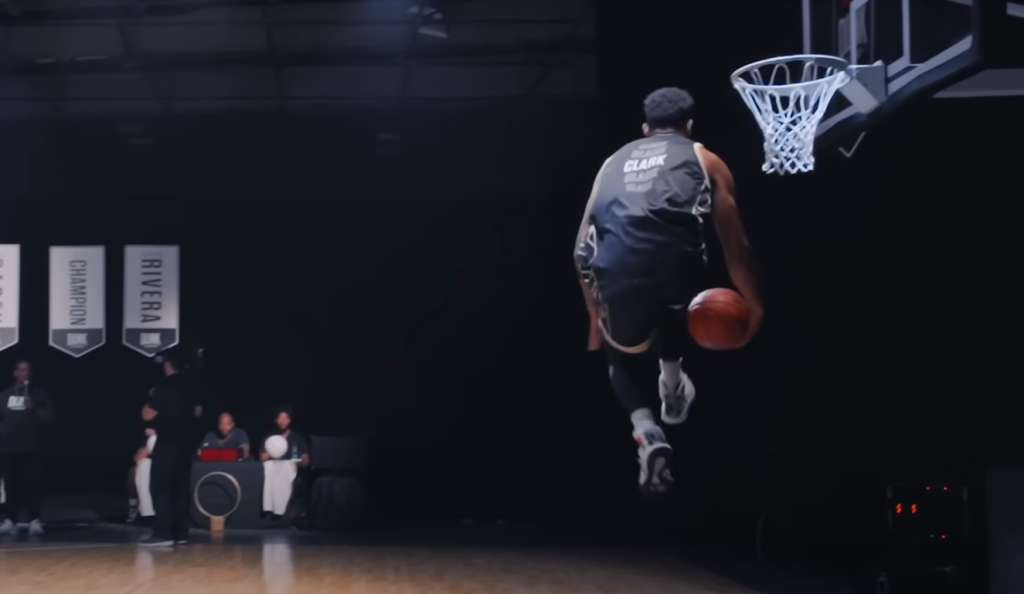
Yet, as basketball evolved, players with exceptional athletic abilities began to emerge, transforming the dunk into a powerful weapon. By the 1940s and 1950s, college and professional players alike were beginning to showcase their ability to slam the ball through the hoop, though it was still a rarity compared to today’s standards.
Who Was The First To Dunk In The NBA?
The distinction of being the first player to dunk in an NBA game often goes to George Mikan, a Minneapolis Lakers center known for his towering presence and scoring prowess. Mikan, playing in the late 1940s and early 1950s, utilized his height advantage to perform what could be considered early versions of the dunk [2]. However, it’s essential to note that the term “slam dunk” wasn’t popularized until later, and early dunks were more about efficiency than spectacle.
As the NBA progressed, the dunk became a more prominent part of the game, with players like Wilt Chamberlain and Bill Russell pushing the boundaries of what was possible with their aerial exploits. These legends not only dazzled fans with their dunks but also set the stage for future generations to elevate the slam dunk into a defining feature of basketball.
What Years Was The Dunk Banned?
Interestingly, the slam dunk was once deemed too dominant a move, leading to its temporary ban in college basketball. From 1967 to 1976, the NCAA prohibited the dunk in official games. This ban was instigated primarily because of players like Lew Alcindor (later known as Kareem Abdul-Jabbar), whose dunking ability was so far ahead of its time that officials felt it gave an unfair advantage. The ban, intended to level the playing field, ironically led to the development of other skills, including Alcindor’s famous skyhook shot. However, the prohibition did little to dampen the popularity of the dunk, which continued to thrive in professional leagues and informal settings.
When Was Dunking Allowed In The NCAA?
The NCAA lifted its dunk ban in 1976, recognizing the move’s popularity and the excitement it brought to the game [3]. This decision opened the floodgates for a new era of college basketball, where the dunk became a central highlight of the sport. Players like Michael Jordan, Dominique Wilkins, and later Vince Carter, would go on to use the college platform to showcase their aerial prowess, setting the stage for illustrious careers in the NBA.
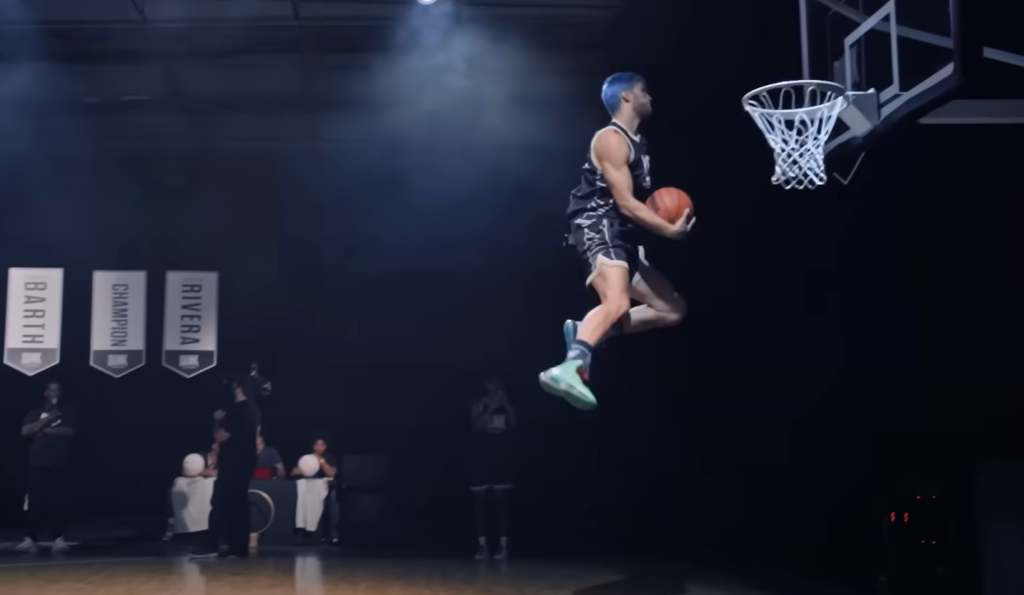
The history of dunking in the NCAA is one filled with controversy and evolution. The slam dunk, now a beloved staple in basketball, was once considered an outlawed move that disrupted the traditional rhythm of the game.
The story begins in 1944 with Bob “Foothills” Kurland, a player from Oklahoma A&M who accidentally performed the first-ever dunk in college basketball [4]. This novel shot sparked interest and initiated a new era of athleticism and creativity in the sport.
However, as the game evolved, so did its players. Enter Lew Alcindor, later known as Kareem Abdul-Jabbar, whose dominance on the court led to a significant rule change. The NCAA, seemingly threatened by his prowess, instituted the “Lew Alcindor Rule” on March 28, 1967, effectively banning the slam dunk. The rule was seen by many as an attempt to limit the dominance of talented players and maintain a level playing field.
For nearly a decade, from 1967 to 1976, dunking was prohibited in NCAA games. The ban forced players to rely more heavily on finesse and skill rather than raw power and athleticism. But the prohibition of such an exciting move didn’t sit well with fans or players, who missed the thrill of the slam dunk.
In the 1976-1977 season, the ban was finally lifted, ushering in a new era of basketball. The Chairman of the National Basketball Rules Committee, John Carpenter, acknowledged the change, marking a significant shift in the sport’s landscape.
The lifting of the ban on dunking was a pivotal moment in NCAA history. It reintroduced an element of excitement and spectacle to the game, allowing players to showcase their athleticism and creativity to the fullest extent. Today, the slam dunk is not just a scoring move, but also a symbol of skill, power, and innovation in the game of basketball.
When Was Dunking Illegal In High School?
Dunking, a move that’s now celebrated in basketball, was once considered disruptive to the traditional rhythm of the game and was thus made illegal. This ban was applied not only in the NCAA but also in high school sports. The prohibition lasted nearly a decade, from 1967 to 1976.
This rule was enforced by the National Federation of High Schools (NFHS), which sets the rules for all 50 states. Interestingly, while dunking is now permitted during high school games, it remains illegal during warmups.
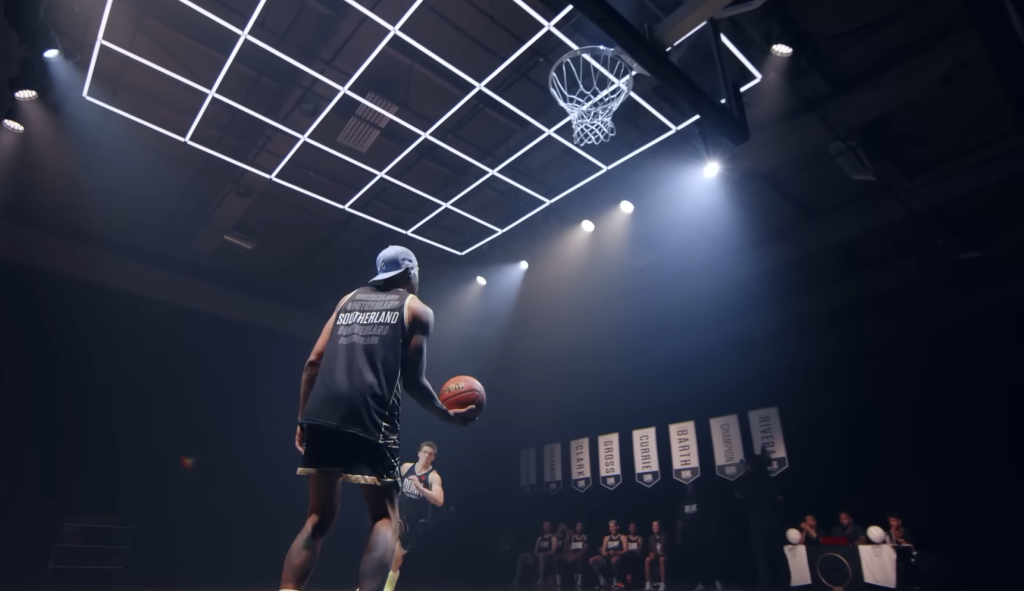
The NFHS initially banned dunking in high school basketball games in 1967, and then three years later, in 1970, they also prohibited dunking during pregame warmups.
The reasons behind the ban were similar to those stated by the NCAA. The dunk was seen as a less skillful shot and was often used by dominant players to their advantage, which led to an imbalance in the game.
The lifting of the dunking ban in 1976 marked a significant shift in high school basketball, bringing back a level of excitement and spectacle to the game. Today, the slam dunk is a celebrated move that showcases a player’s skill, power, and creativity.
High school basketball also experienced a period when dunking was forbidden. The National Federation of State High School Associations (NFHS) implemented a ban on dunking during pregame warm-ups and games in the late 1960s, around the same time the NCAA instituted its ban [5]. The high school ban lasted for several decades before being lifted in the 1990s, acknowledging the move’s popularity and its role in energizing players and spectators alike.
The slam dunk has traveled a long and contentious path to become one of basketball’s most celebrated acts. From George Mikan’s pioneering efforts to the high-flying antics of modern stars, the dunk has evolved from a simple scoring method to a symbol of athletic prowess and creativity. The lifting of bans in collegiate and high school basketball marked a recognition of the dunk’s integral role in the sport, allowing it to flourish and inspire future generations of players.
About The Modern Era Of Slam Dunk:
Who Has the Least Dunks In NBA History?
In a league celebrated for its vertical leaps and rim-rattling finishes, there exists an intriguing counter-narrative: players who, by their role, size, or playing style, have recorded few, if any, dunks in their NBA careers. While it’s challenging to pinpoint who has the absolute least dunks, several guards and perimeter players are known for their ground-bound game.
Players like Steve Nash, a masterful playmaker and shooter, and JJ Barea, known for his agility and finesse, have historically had low dunk counts. These players remind us that while the dunk is a spectacle, basketball is a game of skill, strategy, and diverse talents.
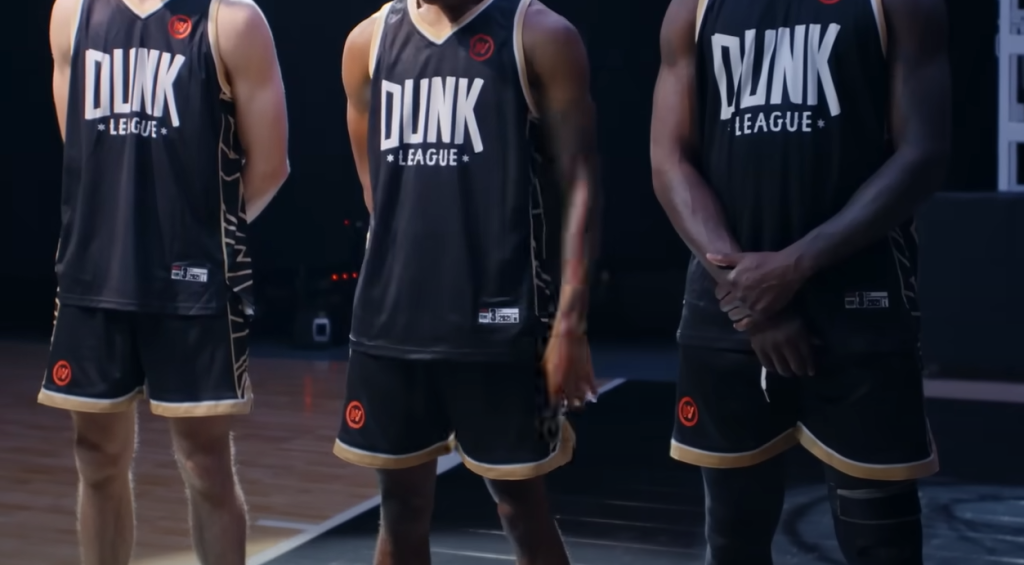
What Percent of the NBA Can Dunk?
The NBA, a league of the world’s elite basketball talent, boasts a high percentage of players capable of dunking. It’s estimated that well over 90% of NBA players can perform a dunk, given the athleticism required to compete at this level [6]. This statistic underscores the evolution of the game, where once towering centers dominated the paint, today guards and forwards of varying heights display impressive vertical leaps. The ability to dunk is almost a given among NBA players, yet the Slam Dunk Contest elevates this skill into a form of high art.
The NBA Dunking Rules and Regulations:
- Basket Interference/Goaltending: Once a shot is on its downward trajectory towards the basket, it cannot be interfered with by a defender. This includes dunk attempts. If a defender touches the ball while it’s on its way down or if they touch the rim while an opponent’s shot is on the rim, it’s considered goaltending;
- Player Contact: Dunking often involves contact between players. Charging fouls can be called if an offensive player initiates contact while dunking by pushing off a defender;
- Technical Fouls:Excessive celebrations after a dunk can lead to technical fouls. The NBA has guidelines on what constitutes excessive and unsportsmanlike behavior;
- Traveling Violations:Players must dribble the ball or establish a pivot foot before making a move to the basket. If a player takes more than the allowed steps without dribbling, it’s considered traveling;
- Unsportsmanlike Conduct:Dunking over an opponent or taunting them excessively might result in technical fouls or fines for unsportsmanlike conduct;
- Fouls in the Act of Shooting:If a player is fouled while attempting a dunk and the referee judges that the player was in the act of shooting, the player will be awarded free throws;
- Clear Path Fouls: If a player is fouled from behind on a breakaway attempt towards the basket, such as a dunk, without any defender between them and the basket, it can be considered a clear path foul, leading to free throws and possession of the ball;
It’s important to note that while dunking itself doesn’t have specific rules attached to it, it’s subject to the same rules that govern gameplay in basketball. Rules can evolve, so it’s always a good idea to check the latest NBA rulebook for any updates or changes.
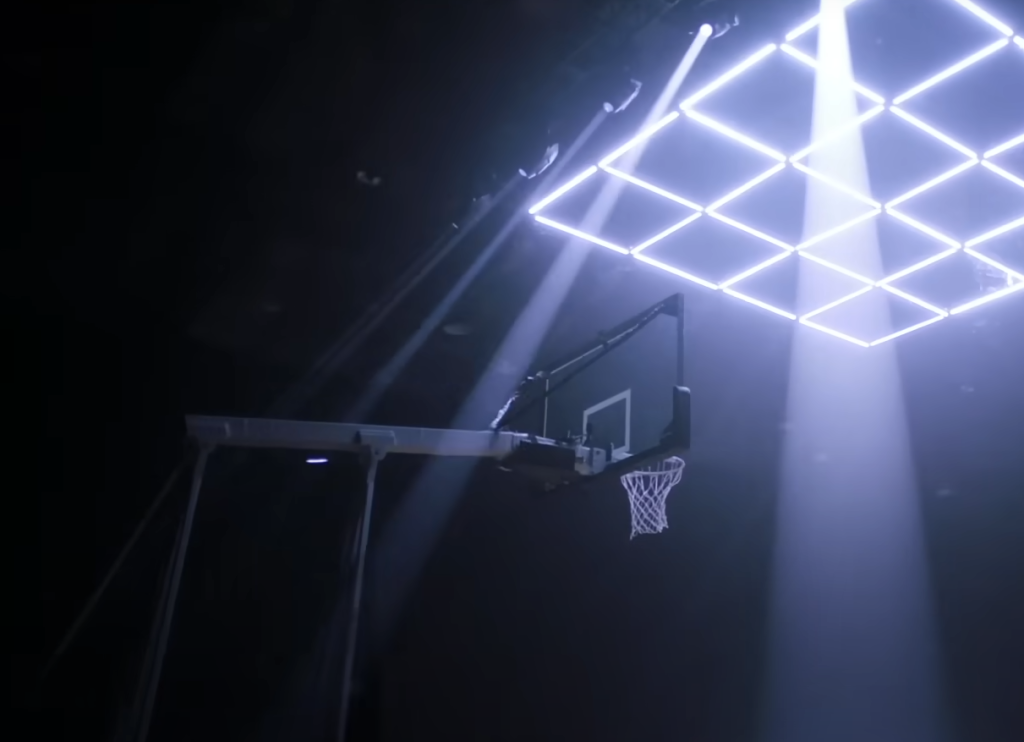
The Dunk Contest Stars
The Slam Dunk Contest has been graced by athletes whose names have become synonymous with the event itself.
These stars have not only won the contest but have also redefined what it means to be a dunker:
- Michael Jordan: The legend of Michael Jordan is inseparable from the Slam Dunk Contest. His iconic free-throw line dunk in 1988 is etched in basketball lore, symbolizing the fusion of grace, power, and competitive spirit. Jordan’s rivalry with Dominique Wilkins in the dunk contests of the 1980s elevated the event to new heights, setting a standard for future generations;
- Vince Carter:In the 2000 Slam Dunk Contest, Vince Carter introduced a new era of dunking. His repertoire of dunks, including the 360 windmill and the elbow hang in the rim, left both fans and fellow players in awe. Carter’s performance is often cited as the greatest single showing in the history of the contest, redefining what was considered possible;
- Zach LaVine and Aaron Gordon: The 2016 contest witnessed one of the most electrifying face-offs in its history, between Zach LaVine and Aaron Gordon. Their duel, characterized by innovative and gravity-defying dunks, breathed new life into the contest, reminding fans of its potential as a platform for creativity and athletic excellence;
- Dwight Howard: Standing out for his sheer size and power, Dwight Howard brought a new dimension to the dunk contest. His Superman-themed dunk in 2008 showcased not only his athleticism but also the importance of showmanship in the competition [7];
These stars, among others, have shaped the Slam Dunk Contest into a spectacle of athleticism and imagination. Their legacy is not merely in the dunks they executed but in the inspiration they provided to fans and young players worldwide.
About The Modern Era Of Slam Dunk
The modern era of the slam dunk and its celebrated contest is marked by a continuous push towards innovation. Participants now employ props, costumes, and even technological aids to enhance their performances, blending entertainment with athleticism. This era has also seen increased participation from international players, reflecting the global growth of basketball. The contest’s evolution mirrors the game’s evolution, where athleticism, skill, and creativity are in constant dialogue.
The Slam Dunk Contest, from its inception to the present day, serves as a microcosm of basketball’s broader cultural impact. It is a testament to the human spirit’s relentless pursuit of excellence, a celebration of overcoming gravity itself. As the NBA continues to evolve, the dunk contest remains a highlight of All-Star Weekend, a moment when stars are born, legends are made, and the impossible becomes possible.
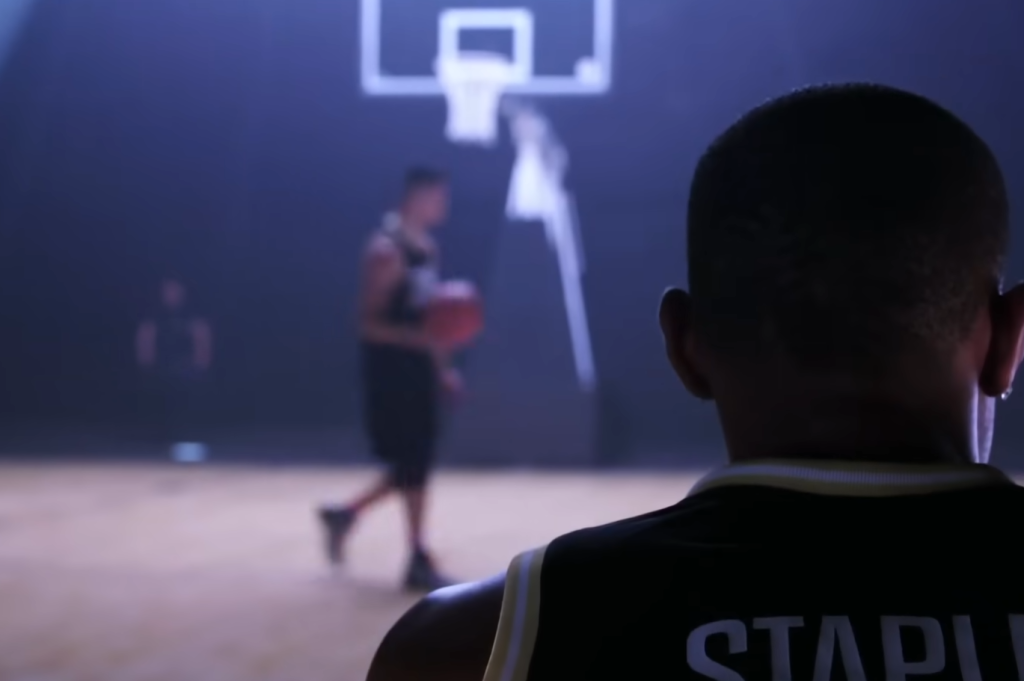
FAQ:
Who started dunking in the NBA?
Dunking in the NBA evolved gradually, but George Mikan is often credited as one of the first to use the dunk as a scoring method during the late 1940s and early 1950s.
Who has the longest dunk in NBA history?
The longest recorded in-game dunk is credited to Michael Jordan, who famously launched from the free-throw line during the 1988 Slam Dunk Contest.
Who was the youngest person to dunk?
This record is difficult to verify officially, but Kobe Bryant was among the youngest NBA players to showcase notable dunks after entering the league at 18.
Can high schoolers dunk?
Yes, high schoolers can dunk. The ban on dunking in high school pregame warm-ups and games has been lifted since the 1990s.
Can Steve Nash dunk?
Steve Nash, known more for his playmaking and shooting, has demonstrated the ability to dunk, although it was a rare occurrence in his NBA career.
How many females can dunk?
A growing number of female players can dunk, including notable WNBA stars like Brittney Griner and college phenoms such as Fran Belibi.
Can you dunk in layup lines?
The NBA and NCAA allow dunks in layup lines, but some high school leagues may have restrictions to prevent potential injuries and rim damage.
Why are dunks so impressive?
Dunks are impressive due to the athletic skill required to elevate, the power to slam the ball through the hoop, and the creativity often showcased in the act.
How many NBA players can dunk?
It’s estimated that over 90% of NBA players can dunk, given the athleticism required to play at the professional level.
When did the NBA ban dunking free throws?
The NBA has never officially banned dunking free throws, as it’s virtually impossible to legally execute a dunk from the free-throw line in a game setting.
Has anyone dunked from the 3-point line?
No player has dunked from the 3-point line in an official NBA game. Such a feat remains beyond the current limits of human athletic ability.
Can you legally dunk a free throw?
No, according to basketball rules, a player must shoot the ball from behind the free-throw line without crossing it until the ball hits the rim.
Has LeBron ever dunked?
Yes, LeBron James is renowned for his powerful and creative dunks throughout his NBA career.
Has Shaq dunked on?
Yes, Shaquille O’Neal, despite being one of the most dominant dunkers, has been dunked on by other NBA players during his career.
Can WNBA players dunk?
Yes, several WNBA players can dunk, and the number of players showcasing this ability is increasing.
Is a dunk 1 point?
A dunk is worth 2 points, the same as any field goal made within the three-point line.
Are there any NBA players who can’t dunk?
While rare, some NBA players, particularly those who play primarily outside the paint and lack the requisite height or vertical leap, rarely or never dunk in games.
Can you dunk at any height?
Dunking is more challenging for shorter players, but many have demonstrated that it’s possible with enough vertical leap and training, regardless of height.
Who is the best dunker in NBA history?
This is subjective, but Vince Carter is often celebrated as one of the greatest dunkers in NBA history for his performance in the 2000 Slam Dunk Contest and in-game dunks.
Has Chris Paul ever dunked in the NBA?
Yes, Chris Paul has executed dunks in NBA games, though they are rare occurrences given his playstyle and position as a point guard.
Who is the oldest player in the NBA?
This changes over time, but Vince Carter was one of the oldest active NBA players until his retirement at age 43 in 2020.
Is it illegal to slam dunk?
Slam dunking is legal and celebrated in basketball, provided it’s done without violating other rules (e.g., offensive goaltending or hanging on the rim excessively).
Useful Video: NBA Epic Moments
References:
- https://www.dukebasketballreport.com/2023/7/24/23804524/ncaa-outlaws-dunk-kareem-abdul-jabbar-lew-alcindor-david-thompson-julius-erving
- https://nbahoopsonline.com/Articles/2004-05/slamdunk.html
- https://www.rebounderz.com/whats-up-with-dunking-the-ball-a-history-of-basketball/
- https://www.dnaofsports.com/basketball/what-years-was-dunking-not-allowed-in-the-NBA/
- https://www.dnaofsports.com/basketball/what-are-the-rules-for-dunking/
- https://www.businessinsider.com/the-nba-slam-dunk-contest-is-dead-heres-how-it-happened-2023-2
- https://frontofficesports.com/will-the-nba-slam-dunk-contest-ever-matter-again/

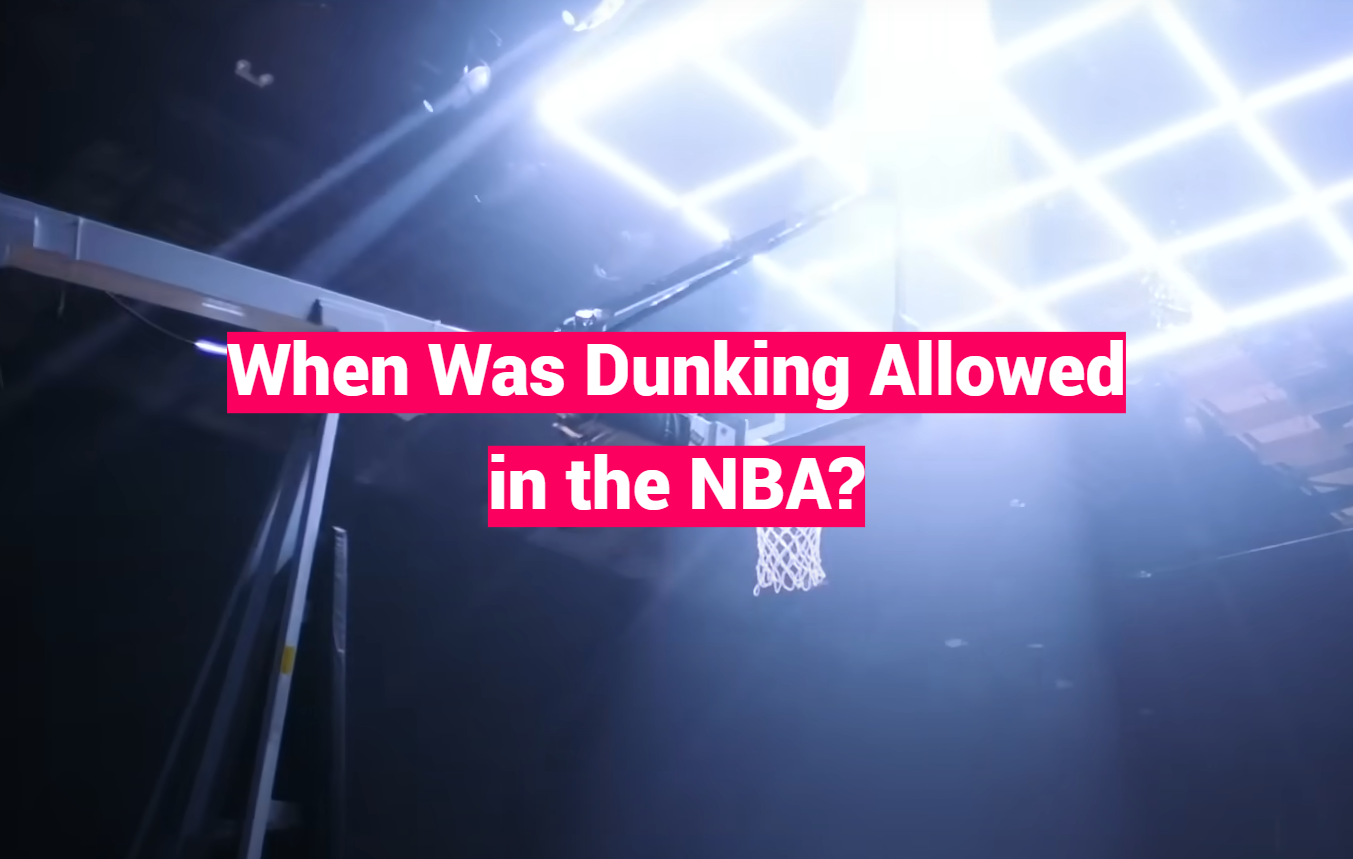
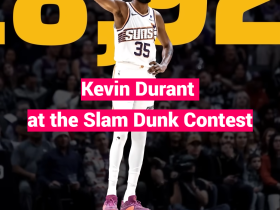

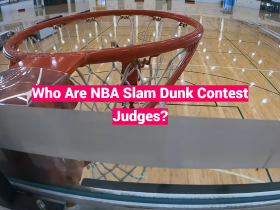

Leave a Reply